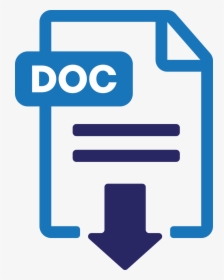Physiotherapy Management for Pulmonary and Neuromuscular Disorders in Post-Craniotomy Patients: A Case Study
Keywords:
Physiotherapy, craniotomy, pulmonary impairment, hemiplegia, spasticityAbstract
Background:Post-craniotomy patients often experience pulmonary complications due to immobility and decreased consciousness, as well as neuromuscular impairments such as hemiplegia and spasticity that hinder functional recovery. Objective: To evaluate the effects of integrated physiotherapy interventions on respiratory function, neuromuscular performance, and functional independence in a post-craniotomy patient. Methods: A single-case study was conducted on a 61-year-old male post-craniotomy patient with right hemiplegia, spasticity, and excessive sputum production. The intervention was delivered 5 times/week for 12 weeks and included breathing exercises, airway clearance techniques, positional changes, passive-active mobilization, proprioceptive neuromuscular facilitation (PNF), and functional training. Outcomes measured included SpO₂, sputum volume, respiratory rate, Borg Dyspnea Scale, Modified Ashworth Scale, Brunnstrom Recovery Stage, Functional Independence Measure, and mobility time. Results: SpO₂ improved from 92% to 96%, sputum volume decreased from 25 ml to 8 ml/day, spasticity decreased (MAS from 3 to 1), BRS improved (stage 2 to 4), and FIM score increased from 35 to 72. Conclusion: Integrated physiotherapy interventions effectively improved pulmonary function, reduced spasticity, enhanced motor ability, and accelerated independence in a post-craniotomy patient, suggesting their potential inclusion in multidimensional rehabilitation protocols for similar cases.








